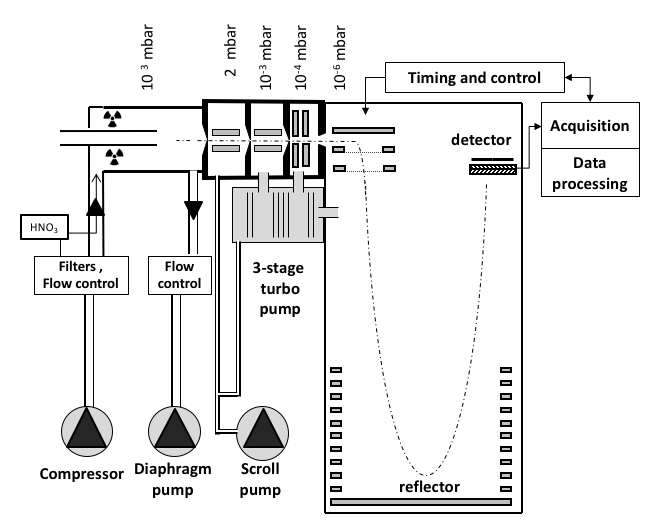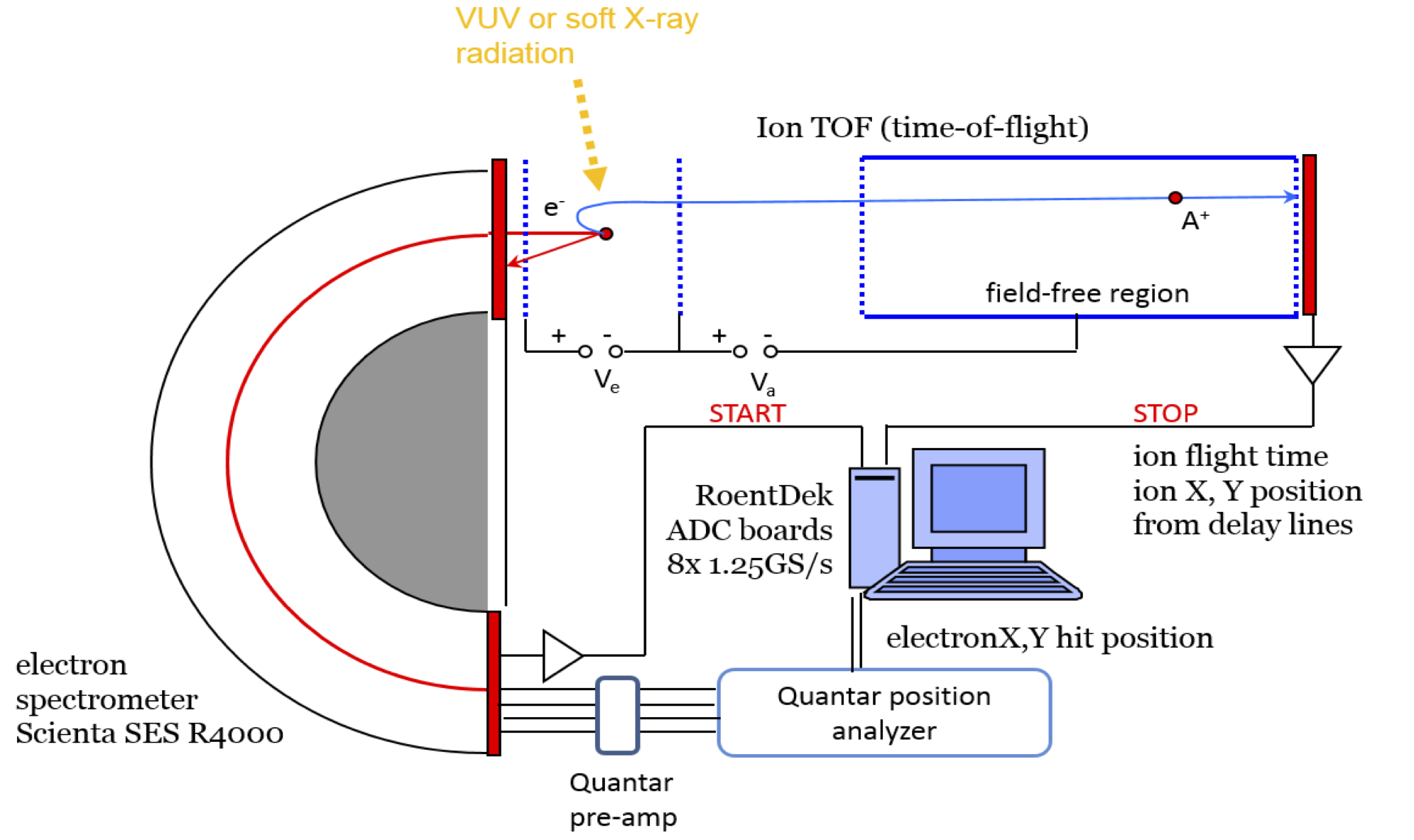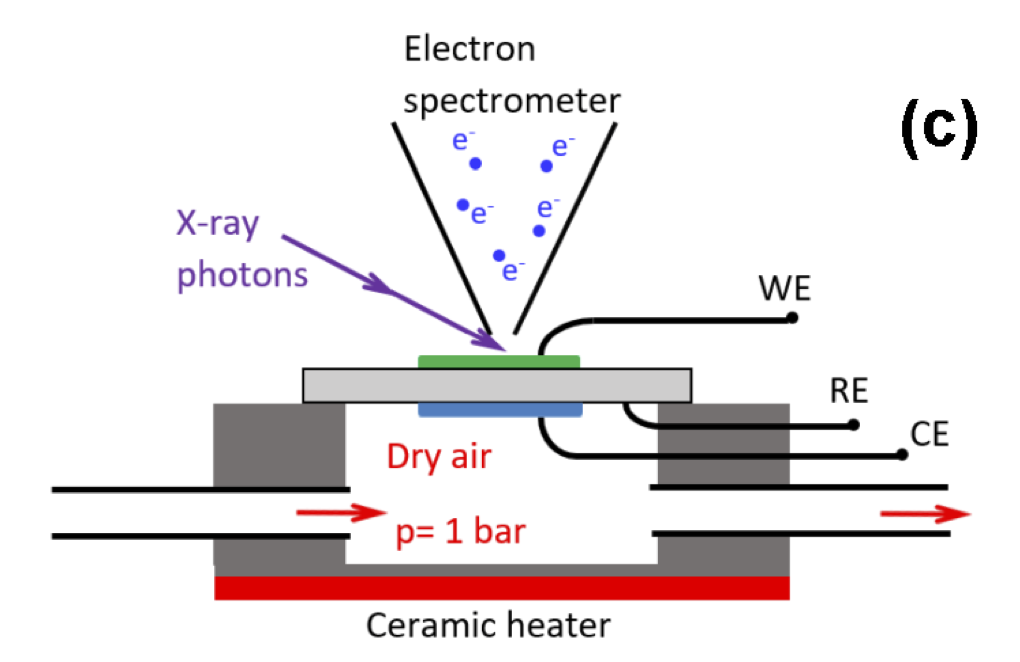Atmospheric mass spectroscopy
Ambinet measurements
Atmospheric mass spectrometry group is studing atmosphere utizing mass spectrometric methods. Main topics of interests are chemical composition of air ions, atmopsheric clusters and atmospheric aerosols. These characteristics are measured to study biosphere-atmosphere interaction, new particle formation, air chemistry and climate relevante processes.
We are developing methodology for online detection of highly oxidized organic compounds (HOM), sulphuric acid, iodic acid and other gases from atmosphere. Currently we are operating NO3-CI-APiTOF in collaboration with University of Helsinki at SMEAR Estonia station. In addition we are developing ion mobility based detection methods for highly oxidized molecules.

Coincidence spectroscopy
Coincidence spectroscopy is a powerful spectroscopic method addressing the recording of more than one particle involved in an ionization process simultaneously. From different sub-techniques of coincidence spectroscopy, we will exploit photoelectron-photoion coincidence (PEPICO) and photoelectron-photoion-photoion coincidence (PEPIPICO) experimental setups

Near Ambient Pressure X-ray Photoelectron Spectroscopy
Near-ambient pressure x-ray photoelectron spectroscopy (NAP-XPS) is an up-to-date form of XPS that enables surface analysis of samples at higher pressure than (ultra)high vacuum conditions. With NAP-XPS can be analyzed moderately volatile liquids, biological samples, porous materials, and/or polymeric materials that outgas significantly. The relatively high working pressure of NAP-XPS (~1 .. 20 mbars) resembles more real (atmospheric) conditions of different physicochemical systems than usual XPS studies in high vacuum chambers.

Data management
We are developing data management system to collect, validate and visualize data collected 24/7 in our research stations. All online data plots are part of this development.